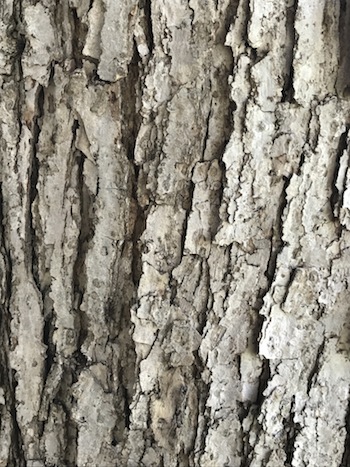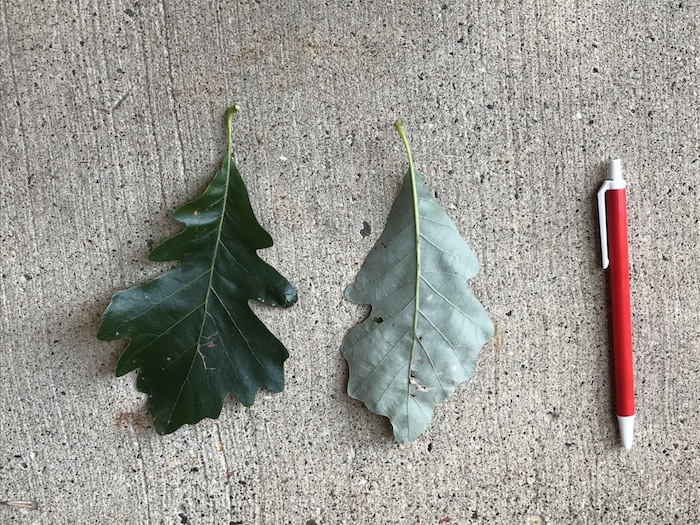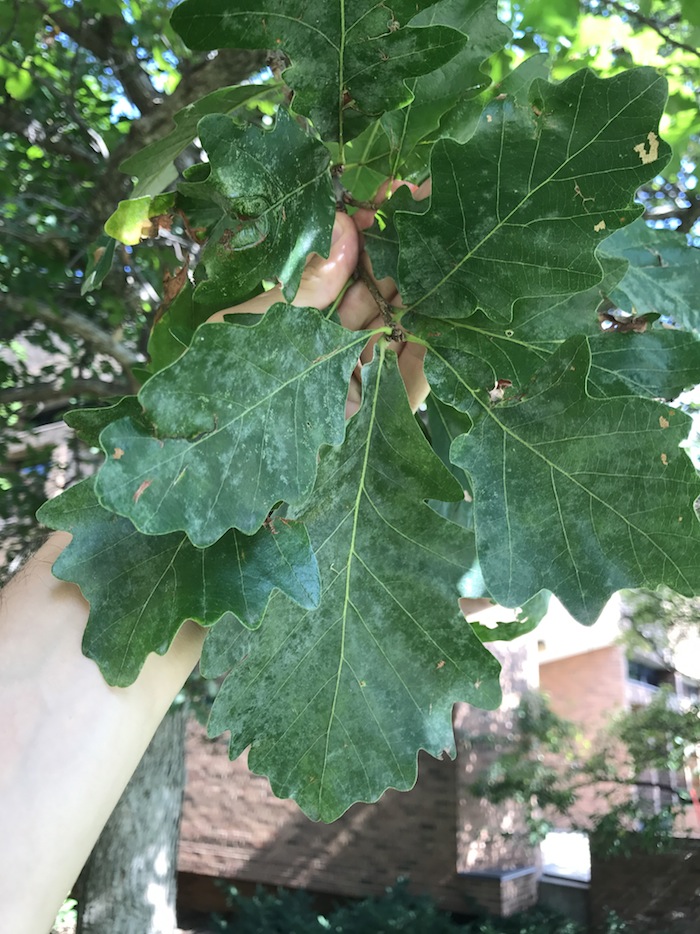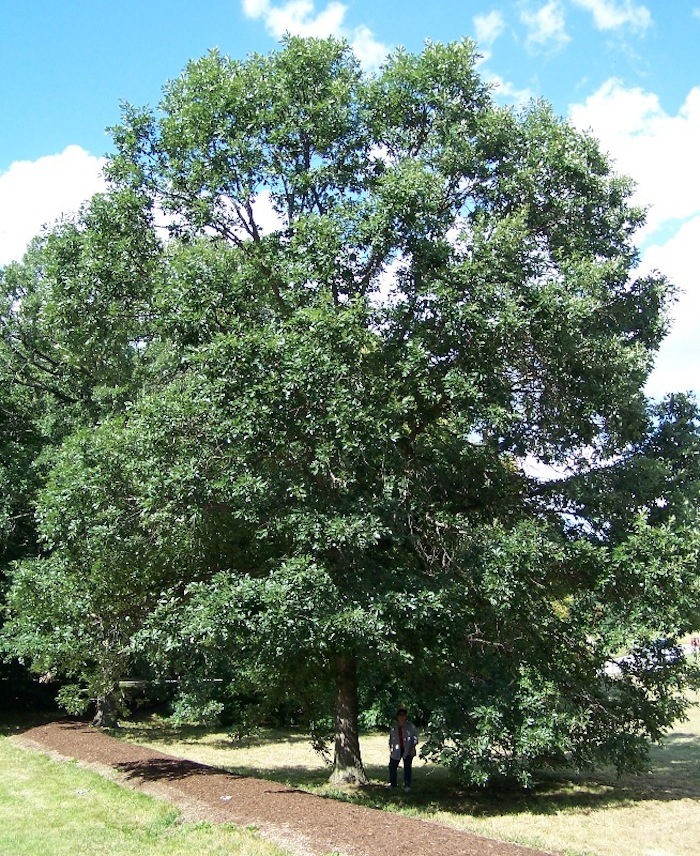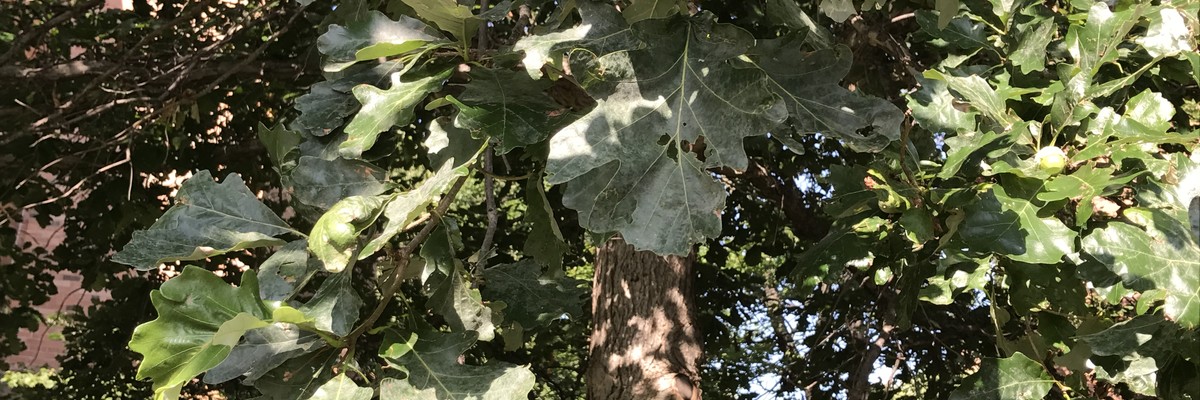
Description:
Swamp white oak is magnificent species of oak commonly used as a shade tree. Leaves are simple, alternate, and lobed, with dark green and glossy upper surfaces and light green, softly hairy lower surfaces. The lobes are moderately deep and regularly spaced, and can be teethed, but are not always. Flowers are typical oak flowers—think catkins, 1-4” long, with female flowers developing into small green acorns that eventually turn brown. Swamp white oaks can be difficult to distinguish from white oaks (Quercus alba), but tend to grow faster and often have more uniform lobes than white oaks.
Wood of swamp white oak is less valuable than other oaks, so it tends to be used more as an ornamental tree in the United States. The acorns germinate quickly and make the tree easy to widely propagate. The acorns can also be eaten, while oak galls, caused by insect larvae, have been used medicinally.
Issues:
Oak galls, which are caused by several wasp species that cause plant tissue to swell into an abnormal growth, in which larvae can then develop. Some galls are relatively harmless, but other can cause significant damage or even death. Swamp white oaks are also susceptible to the various cankers and wilts of oaks.
Other resources:
